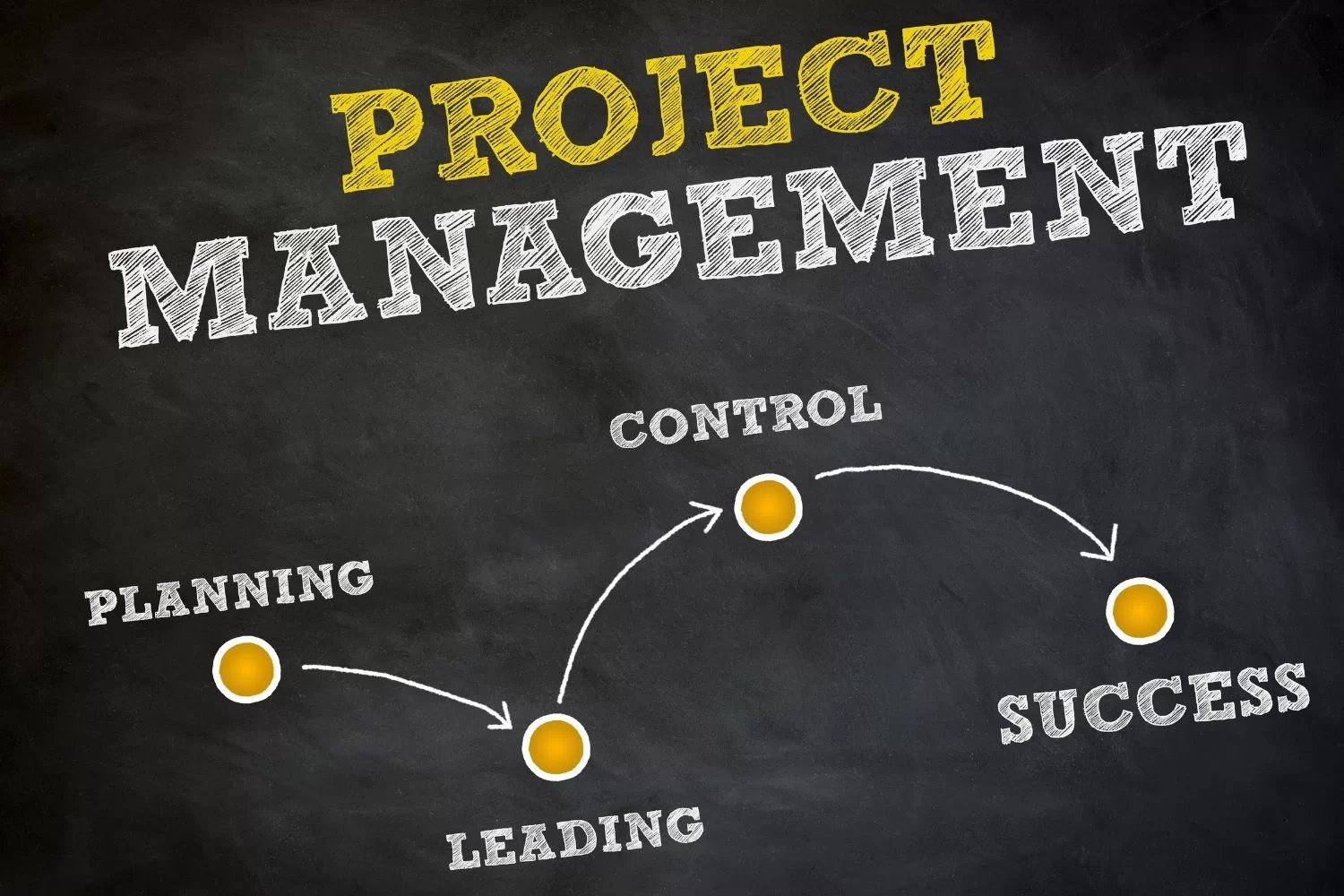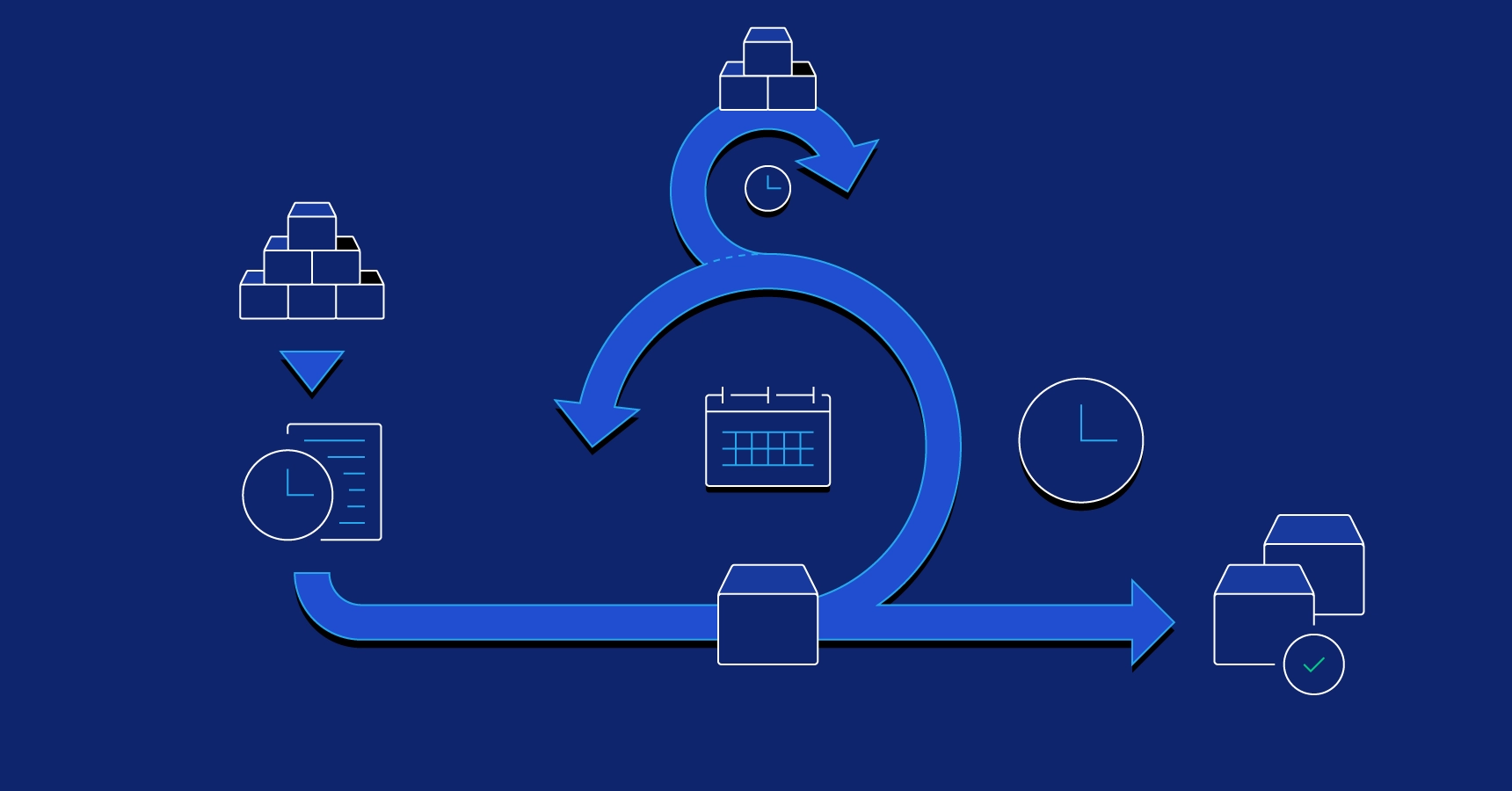What is Scrum in project management ?(part 2)
Scrum project management process and methodology
Scrum project management is an evolution in Agile management as it offers practical and reliable methods in the software development process. This method has high flexibility and the activities of all team members can be adapted to it. Tasks in Scrum are tracked in temporary blocks that are scheduled and receive feedback. The appropriate time frame for each of the sprint blocks is two to four weeks, and the best results can be achieved in this time frame.
Each sprint pursues important objectives that will have a good outcome on the progress of the project once completed. It should be noted that in Scrum project management there is a set starting point, a list of goals and a list of requirements. Additionally, customers are often the ones who set priorities. Scrum methodology is mostly used in the software production industry, but due to its importance and efficiency in project planning, other departments such as human resources, sales and marketing also use it for the development and progress of their business.
Four important concepts in Scrum project management
In Scrum there are four or rather Artifact concepts that represent value and work. These concepts are designed to maximize transparency in businesses and provide comprehensive and complete information about jobs.

Product Backlog
This concept refers to work that needs to be done, where the product owner and the team try to prioritize backlogged or backlogged tasks. In fact, what needs to be done for the product to achieve the desired result is included in the Product Backlog list and the product owner prepares this list.
Sprint Backlog
A sprint backlog is a list of items prepared by the development team that must be addressed during the current sprint.
Project progress (Increase)
This concept shows the progress and development of the project and demonstrates the value creation of sprints.
opening table
A burndown chart is a visual representation of what needs to be done and includes two parts of the job and the time required to do it. In the ideal case, this graph decreases and tends towards zero as the amount of work decreases.
Benefits of using Scrum project management
The most important thing about Scrum project management is the ability to deliver projects and tasks quickly and in the best possible way. If you are confident about the responsibility of your team members and have an expert and professional team, you can get the best results by creating order in projects in Scrum.
Here are some of the benefits of using Scrum project management and tools:
- Optimal use of time and budgets
- Ability to divide large projects into tasks
- Accurate and statistical project management
- Possibility to check results and conclusions at the end of each task
- Transparency in software development and progress
- Ability to receive feedback from customers and project owners
- Ability to respond quickly to changes and offer appropriate solutions
- Speed in finding issues and a clear view of team members’ efforts
- Possibility of increasing the rate of return on investment
- Increase customer satisfaction
- Improving interaction and teamwork
- Project risk reduction
- Better and greater control over tasks and overall project work
Important rules in Scrum project management
What gives high value to the Scrum project management methodology is the use of all capacities of the team and its correct leadership. In a team that advances tasks based on Scrum, each member’s opinions are respected and they all work as a unified component.
Team culture and unity
Its members ensure the success of the projects, and in the meantime, all members are given tasks they can perform.
bravery
An important point in Scrum is that team members must have the courage to say no and ask questions. This topic will greatly help prevent many problems that may arise during projects.
Focus
Task performance is the third principle of Scrum project management success; Accordingly, each member of the team completes the work assigned to him.
Suggest new solutions
It can be an opportunity for team members to overcome problems. Creating an open space where team members can offer suggestions and criticism is one of the most important rules of Scrum.
Respect
Among the team members, the Scrum Master and the project owner can be decisive in the progress of the product and the achievement of goals. Respecting ideas in a team will lead to the emergence of creative and innovative methods and will play an important role in the interaction between team members.
Should we use Scrum project management concepts in our team?
More than 20 years have passed since the concepts of this method were implemented, and due to its simplicity, Scrum has attracted the attention of many experts. The concepts of this method are relatively easy to learn, and roles, events, and specializations are easily understood.
As a result, various digital tools and applications are provided that make it easier for project managers to apply this methodology. Using Scrum project management, you can easily divide complex projects into simple tasks and set separate goals for each. If a task or sprint reaches its goals within the specified time, it is possible to allocate subsequent tasks.

In addition to this issue, receiving feedback from customers and implementing team members’ opinions is an important part of progressing in Scrum project management and may not be taken into account in other project management methods.
Limitations in Scrum Project Management
Besides the many advantages mentioned for Scrum project management, there are also disadvantages. At first glance this method may seem like a new method for project managers that requires initial training. Moreover, the application of this method in complex projects requires high expertise in this method and work experience in the concepts of this method. Of course, the advantages of this method are such that it is worth training and spending time to implement it and can be of great benefit in saving costs. In addition, you can increase the time it takes to complete tasks in the long run and make practical decisions that will increase efficiency.
Some of the other limitations of Scrum project management include:
- Difficulty of integration with classical project management methods
- The need for radical change in organizations where classical methods are used
- Ideal for teams with only a small number of members
- The need for trained and expert people in the team
- Boring of daily meetings for coordination purposes
Tools used in Scrum project management
By doing a little search on the internet, you can easily find popular and specialized tools for Scrum project management. Easily accessible via desktop or mobile platforms, these tools also provide you with advanced and comprehensive applications. It is worth mentioning that most of these tools have basic, free plans that you can use to keep track of project management issues.
Perhaps the most important of these tools for us is Trello, which has a free plan for teams and personal project management. Some of the other tools include:
jira
Jira is one of the popular and well-known platforms with unique capabilities in the field of Agile project management. You can manage simple or complex projects on this platform, which is used by many IT and software development companies. Advanced reporting capabilities, fully personalized control panels, advanced search capabilities and security tools are among the features of this platform.
monday platform
This platform will eliminate your need to manage normal and large projects. Using this tool, you can easily set multiple customizations for different tasks and complete each project in a divided and planned manner. It is easy to start using this tool and has many features for transparent control of projects and tracking of tasks.
sprints
The concepts of Agile methodology are fully implemented in Sprints, and this tool provides a popular and beautiful user interface for project managers. If you are thinking of installing a tool on your smartphone that can manage all matters, this software will be a perfect option. It is important to note that all tasks in this tool can be scheduled and personalized and you can control all priorities and schedules in it.
MeisterTask
This platform is one of the most professional and advanced Agile methodology tools that will provide you with a beautiful and powerful user interface. If ease of use and variety of features are important to you, MeisterTask is one of the best options. This tool has a practical application for mobile phones that allows you to manage projects and tasks in a personalized way.
asana
Asana also has capabilities that you can use in Scrum project management. This tool will provide you with ready-made examples so that you can track the management of your projects and have full control over them. Excellent scheduling power, a variety of templates, and the ability to manage meetings are among Asana’s best features.
ScrumWise
You can access an easy way to get started in the ScrumWise tool, specifically designed to implement the Scrum methodology. This tool has various features with which you can create different savings and plan them.
Scrum project management is one of the best ways to apply Agile Development concepts. As a project manager, having control over various departments and various tasks is one of the main concerns where having a management tool can save you from these problems. Nowadays, project management, marketing and software development in IT are among the important issues where you can find practical solutions using tools such as Trello and Jira. We welcome your comments on the article below.











